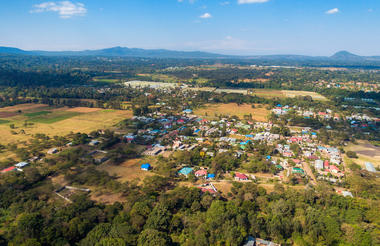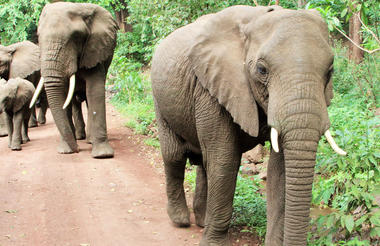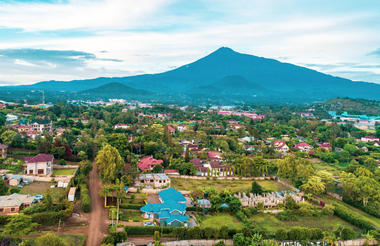Resting at the foot of Mount Meru, the sprawling city of Arusha is known as the safari capital of northern Tanzania. It serves as an excellent base from which to explore the remarkably scenic surrounding area which includes majestic Mount Kilimanjaro, as well as the Manyara, Tarangire and Ngorongoro National Parks. Arusha is a good spot to take a day or two off from the safari circuit as it features a temperate climate and lush surrounds. Visitors can look forward to exploring the wildlife-abundant Serengeti National Park; the magnificent Arusha National Park; and taking on the challenge of climbing Mount Meru, Africa’s fifth highest mountain.
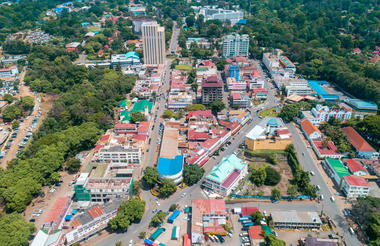
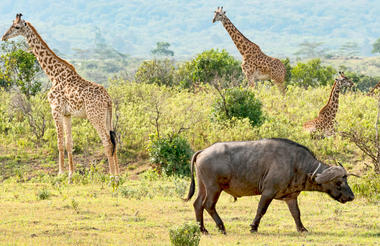
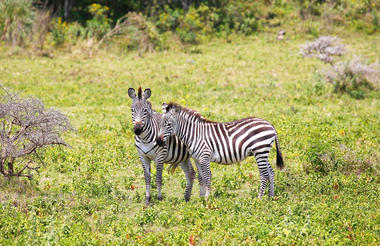
Situated in northern Tanzania, Tarangire National Park is a breathtaking safari destination famed for its dramatic landscapes and exceptional wildlife. Dominated by ancient baobab trees and the life-giving Tarangire River, the park provides sanctuary for vast herds of elephants, zebra, and wildebeest, alongside smaller groups of giraffe and impala, especially during the dry season when animals gather in extraordinary numbers. Travellers can look forward to thrilling game drives that reveal lion, leopard, and even cheetah, together with more than 500 bird species that make the skies shimmer with colour and sound. Unlike busier safari parks, Tarangire offers a more tranquil, intimate atmosphere, allowing visitors to truly connect with nature. Its sweeping vistas, rich biodiversity, and sense of untamed wilderness make it an unmissable highlight of any Tanzanian adventure.
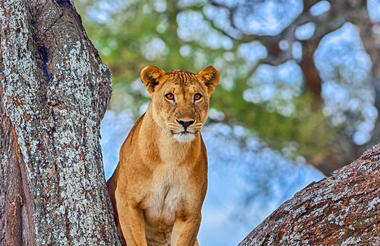
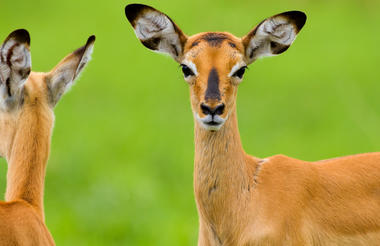
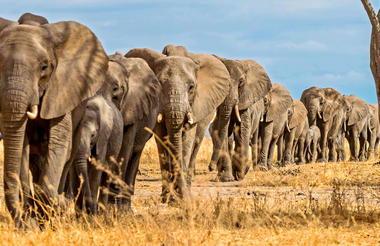
Situated in Tanzania’s central-northern region with the Lake Manyara to its east and the Manyara Escarpment to its west, the Lake Manyara National Park offers breathtaking views and a large variety of habitats supporting an array of wildlife. This small park is home to surprising biodiversity and features a magnificent landscape of acacia woodlands, forests, baobab strewn cliffs, algae-streaked hot springs, swamps and the lake itself. The park supports over 400 species of bird and the largest concentration of baboons anywhere in the world. Other species to spot include giraffes, zebras, wildebeest, impala, waterbuck, warthog, the Cape clawless otter, and the Egyptian mongoose. Don’t miss the opportunity to see thousands of flamingos on the lake, the renowned tree-climbing lions, and large families of elephants strolling through the forest.
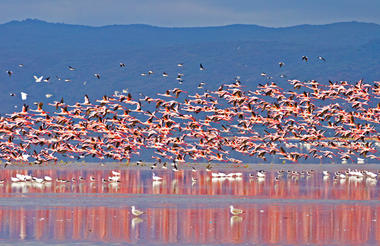
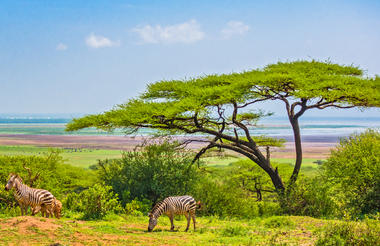
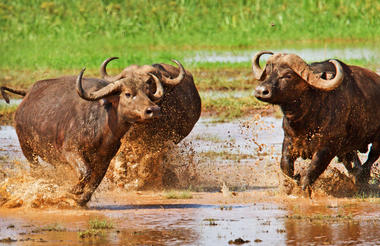
The Serengeti, together with Kenya’s Masai Mara Game Park, constitute Africa's most famous wildlife park, spread over the enthralling landscapes of northern Tanzania. This is a precious ecosystem, supporting the annual wildebeest migration through the Serengeti and the Masai Mara. The largest mass movement of land mammals on the planet involves more than a million animals following the rains, including more than 1.5 million white-bearded wildebeest and 250 000 zebras. Prides of lions, as well as groups of elephants, giraffes, gazelles, and eland, roam among the photogenic vast grass plains between weird-and-wonderful-looking acacia trees. Aside from traditional vehicle safaris, hot-air ballooning over the Serengeti plains and horse riding safaris are on offer.
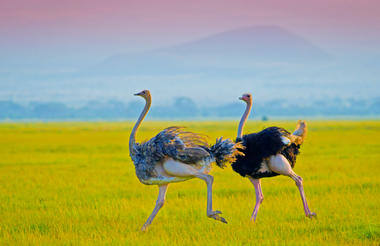
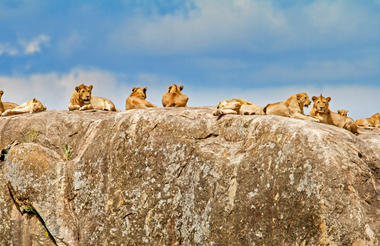
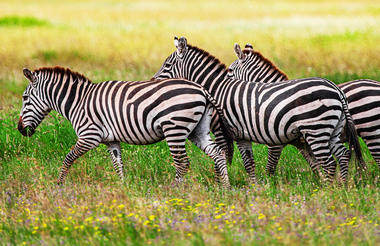
Tucked between the Kidero Mountains in the south and the Eyasi Escarpment in the north, Lake Eyasi is situated in a remote, dry, arid landscape just south of Tanzania’s renowned Serengeti National Park. This seasonal lake features dry salt beds and is home to a variety of birdlife such as flamingos and pelicans. Beautiful surroundings of woodlands, forests, and ancient baobabs beckon to be explored, with numerous excellent walking trails. Visitors can learn about local cultures by visiting the pastoralist Datoga people as well as the nomadic hunter-gatherer Hadzabe group. Other popular activities include bird watching, hiking, walking safaris, and soaking up the spectacular views. Don’t miss the opportunity to visit the nearby enthralling Oldeani Mountain, the atmospheric swampy valley area of Yaeda, and the spectacular Serengeti.
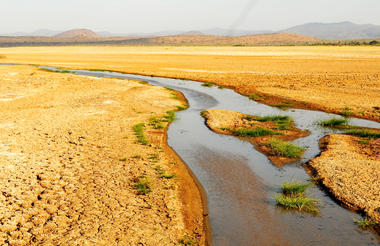
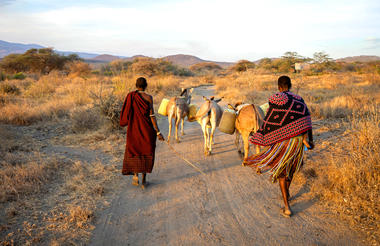
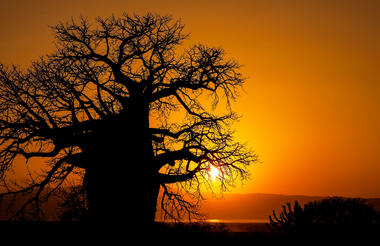
Located in Northern Tanzania, the Ngorongoro Crater is best known for its natural beauty and abundance of diverse wildlife; which makes it one of Africa’s most popular safari destinations. Surrounded by Tanzania’s highlands, this UNESCO-listed crater is said to be the world’s largest intact volcanic caldera. Visitors can look forward to spotting the world-renowned Big Five and a host of other wildlife species including large herds of zebra and wildebeest. It is famed as one of Tanzania’s best tourist attractions offering visitors an array of wonderful activities including excellent bird watching, trekking, wildlife viewing, mountain biking and visiting a local Maasai village. Don’t miss the opportunity to jump on an excursion to the magnificent Olduvai Gorge.
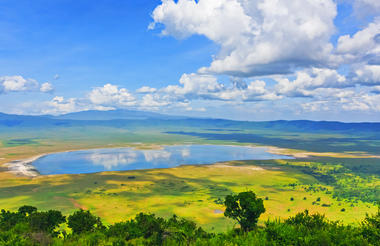
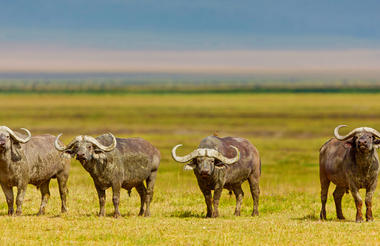
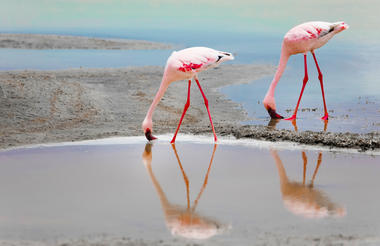
As previously described
